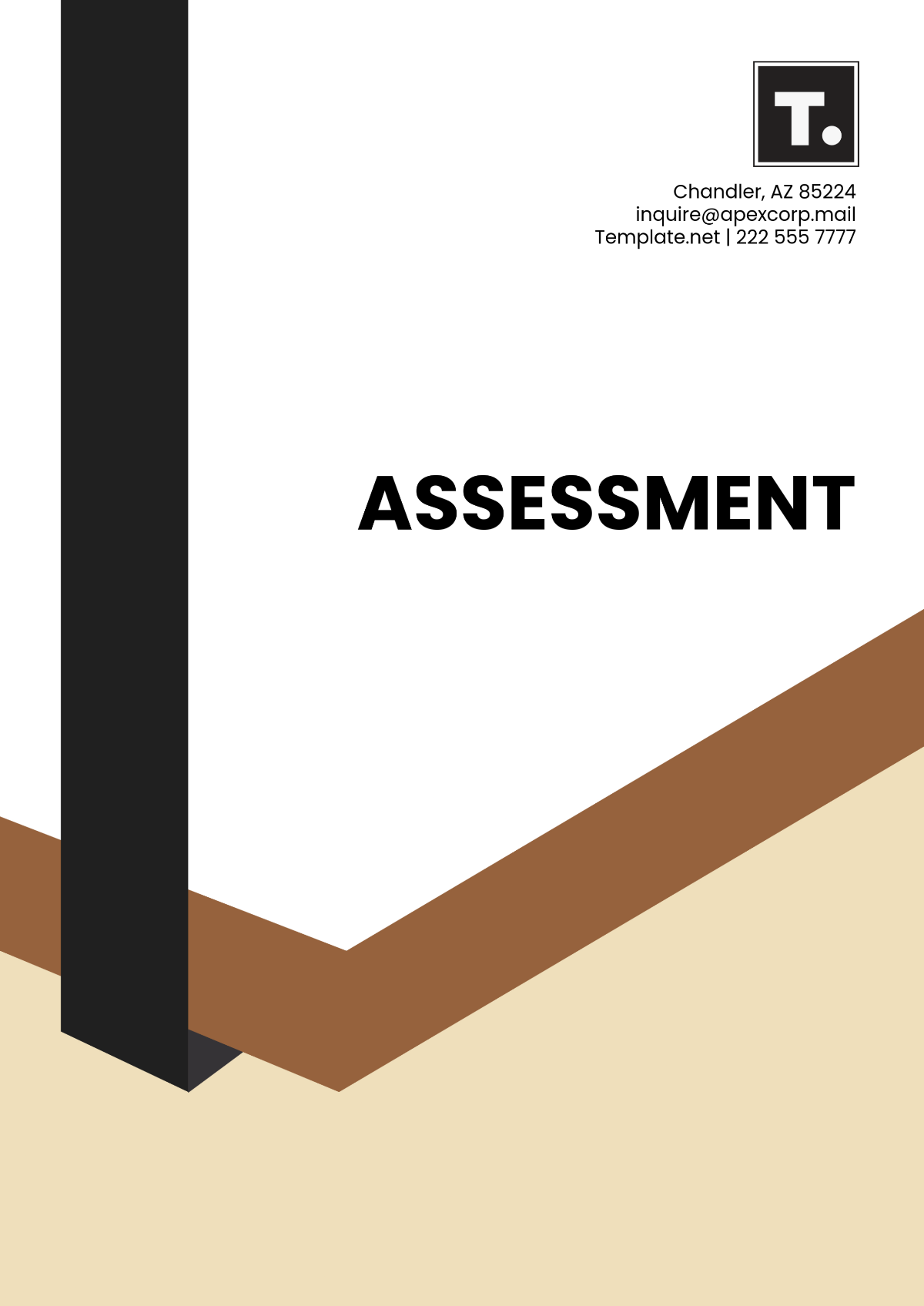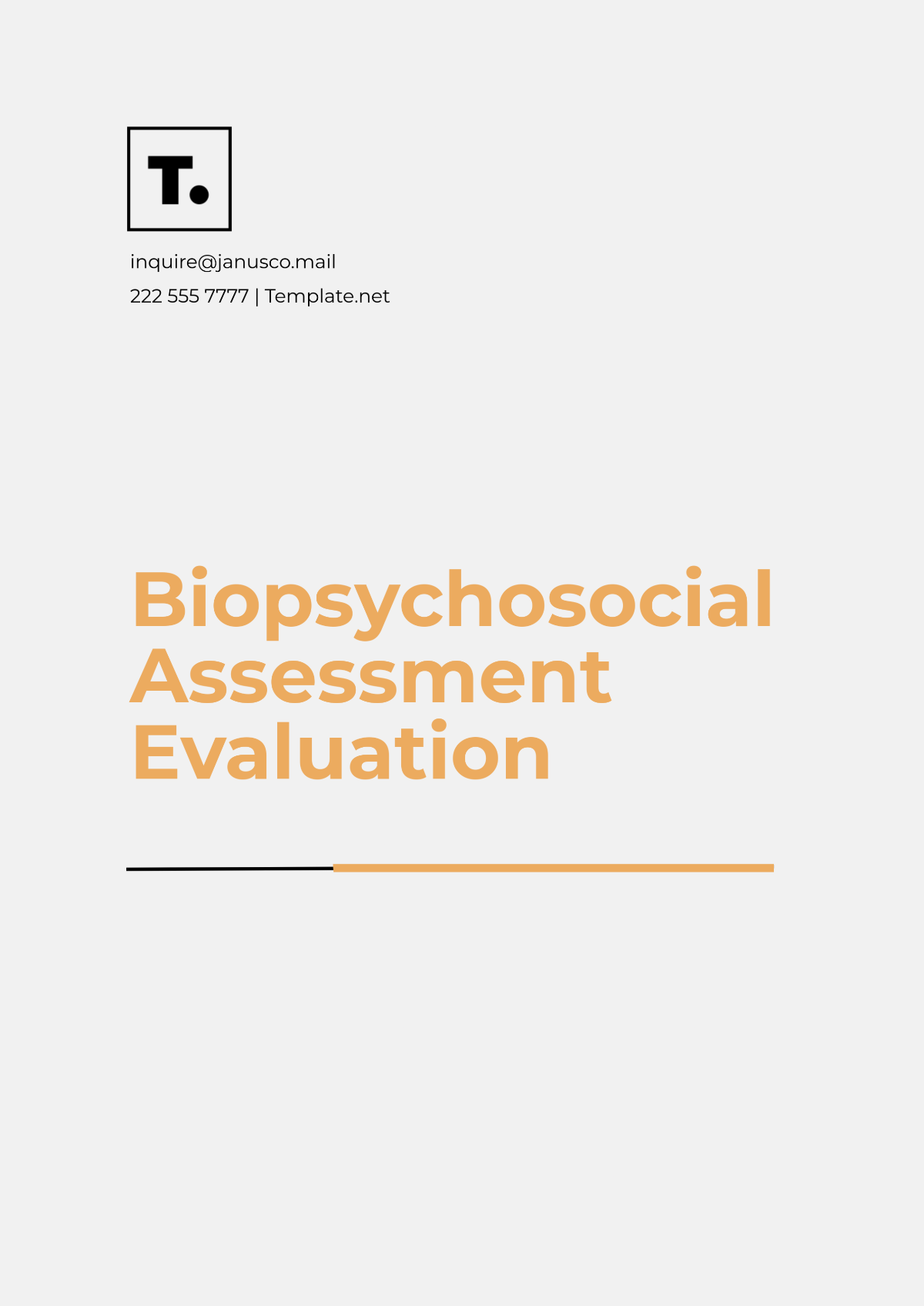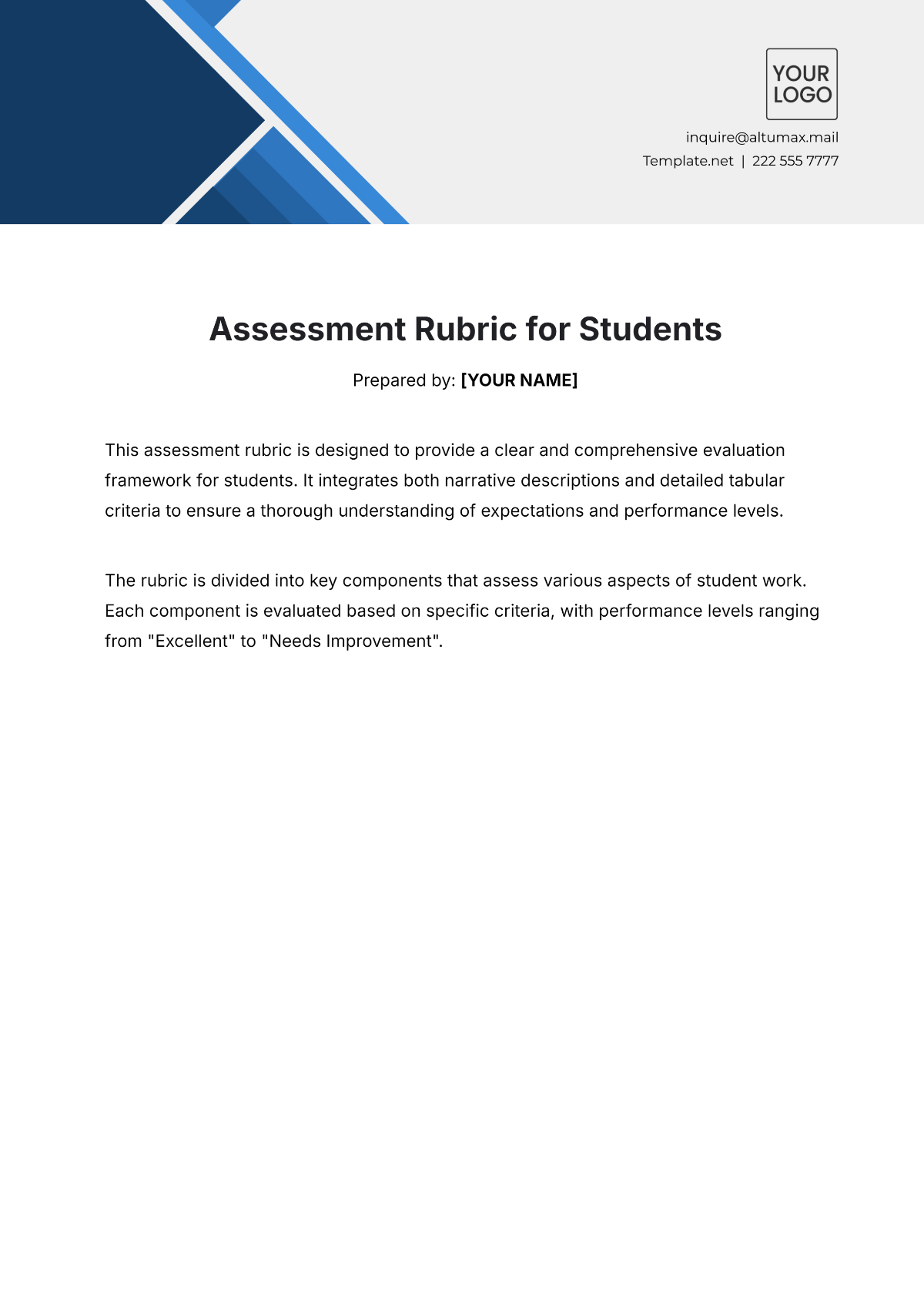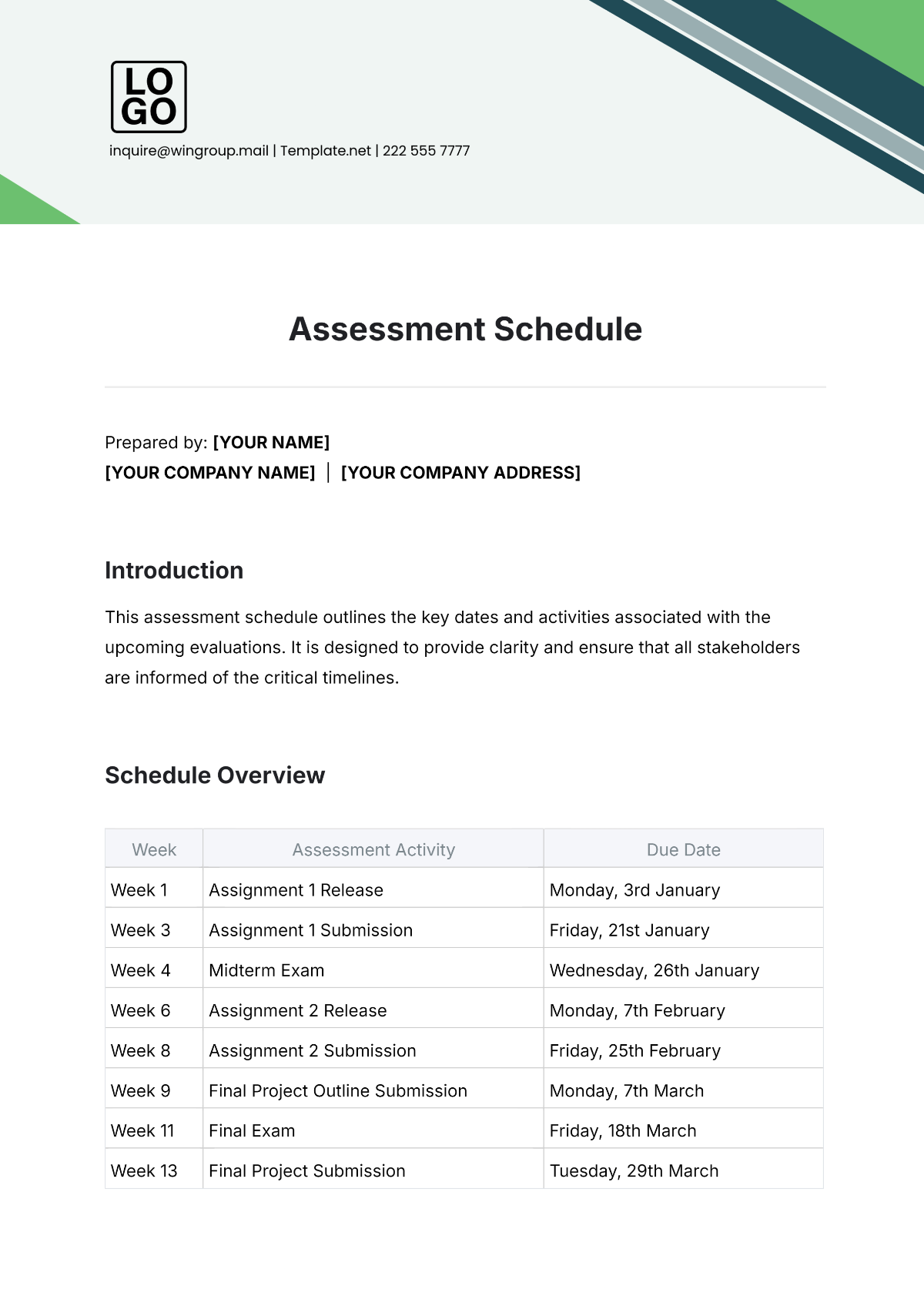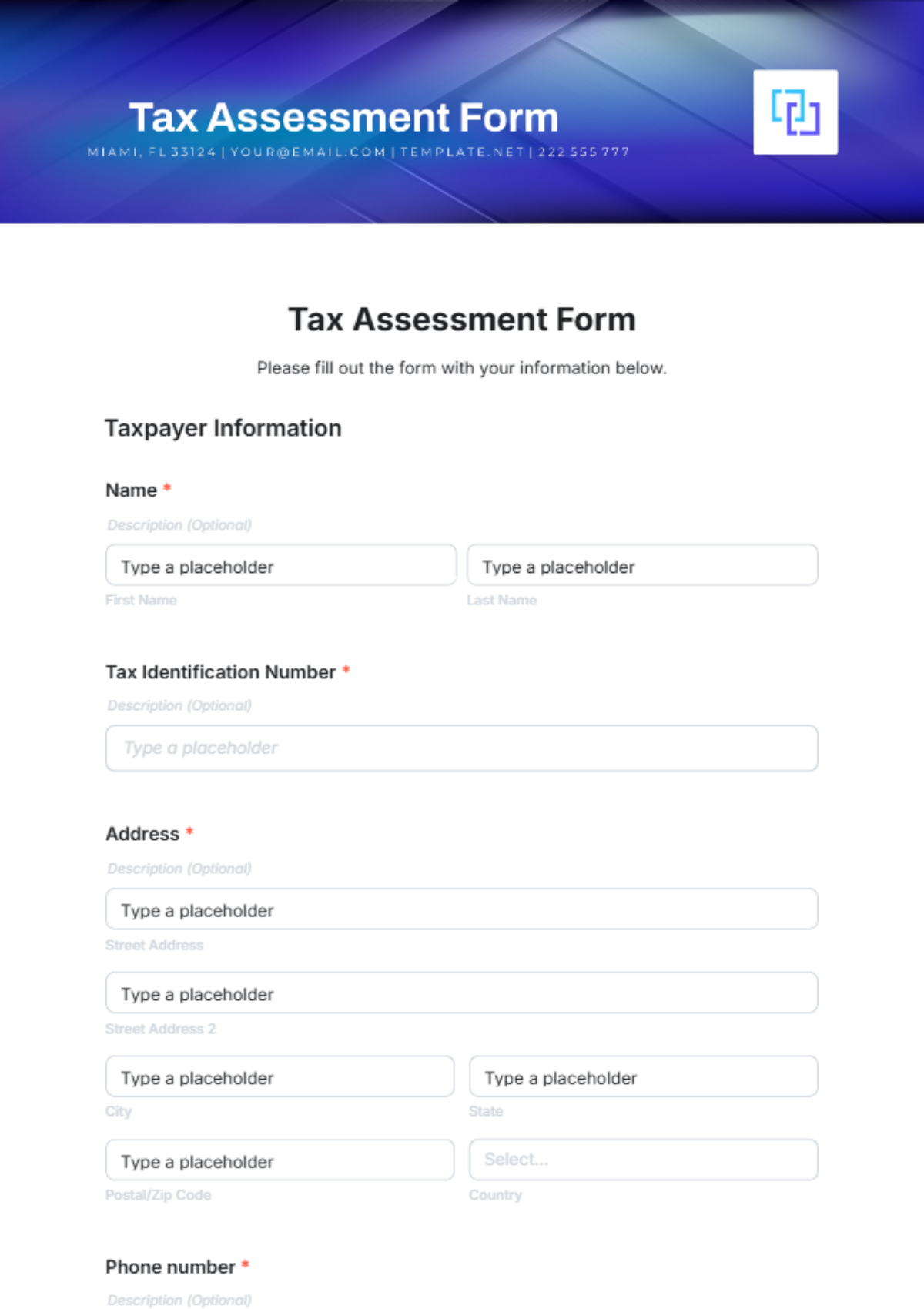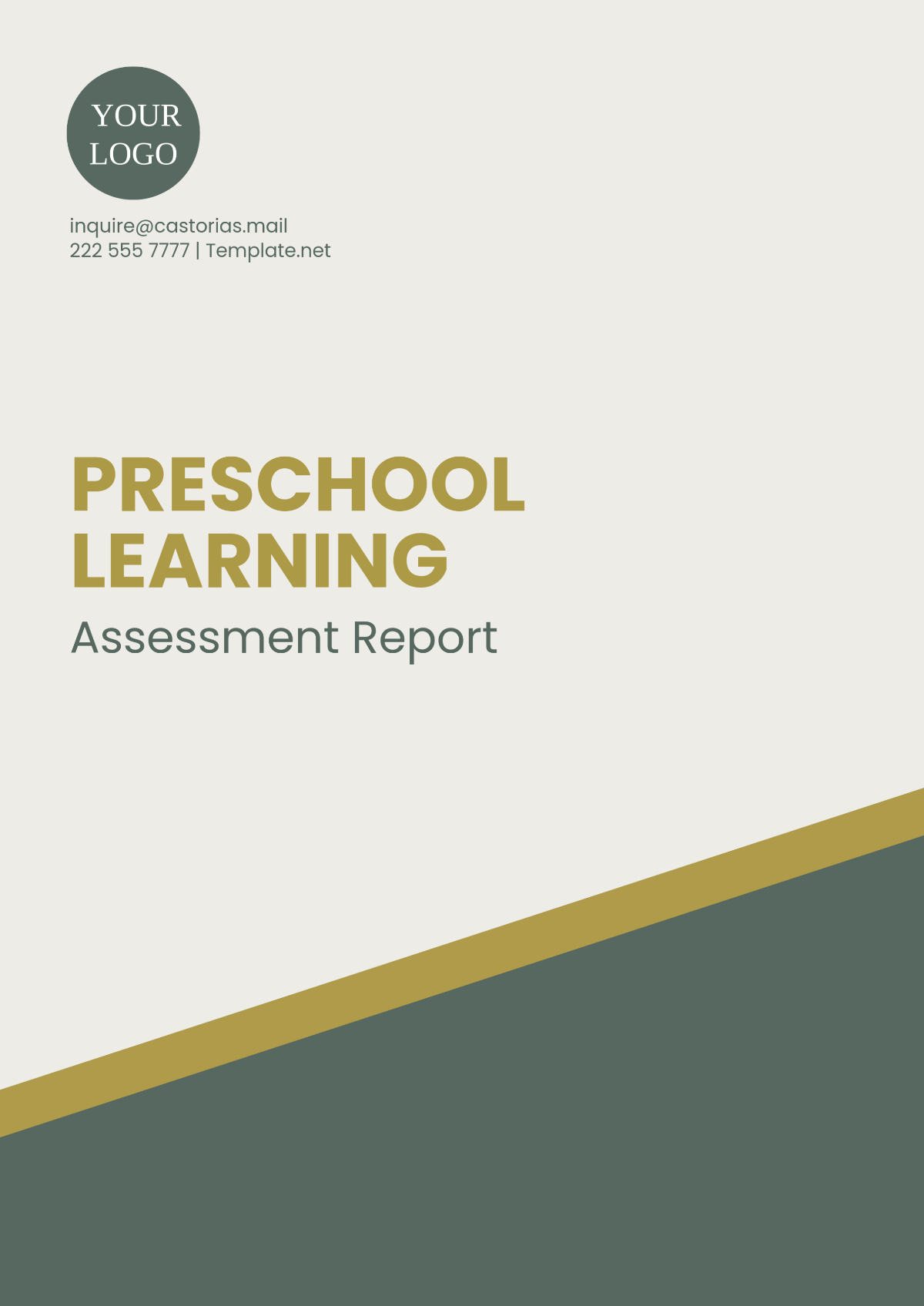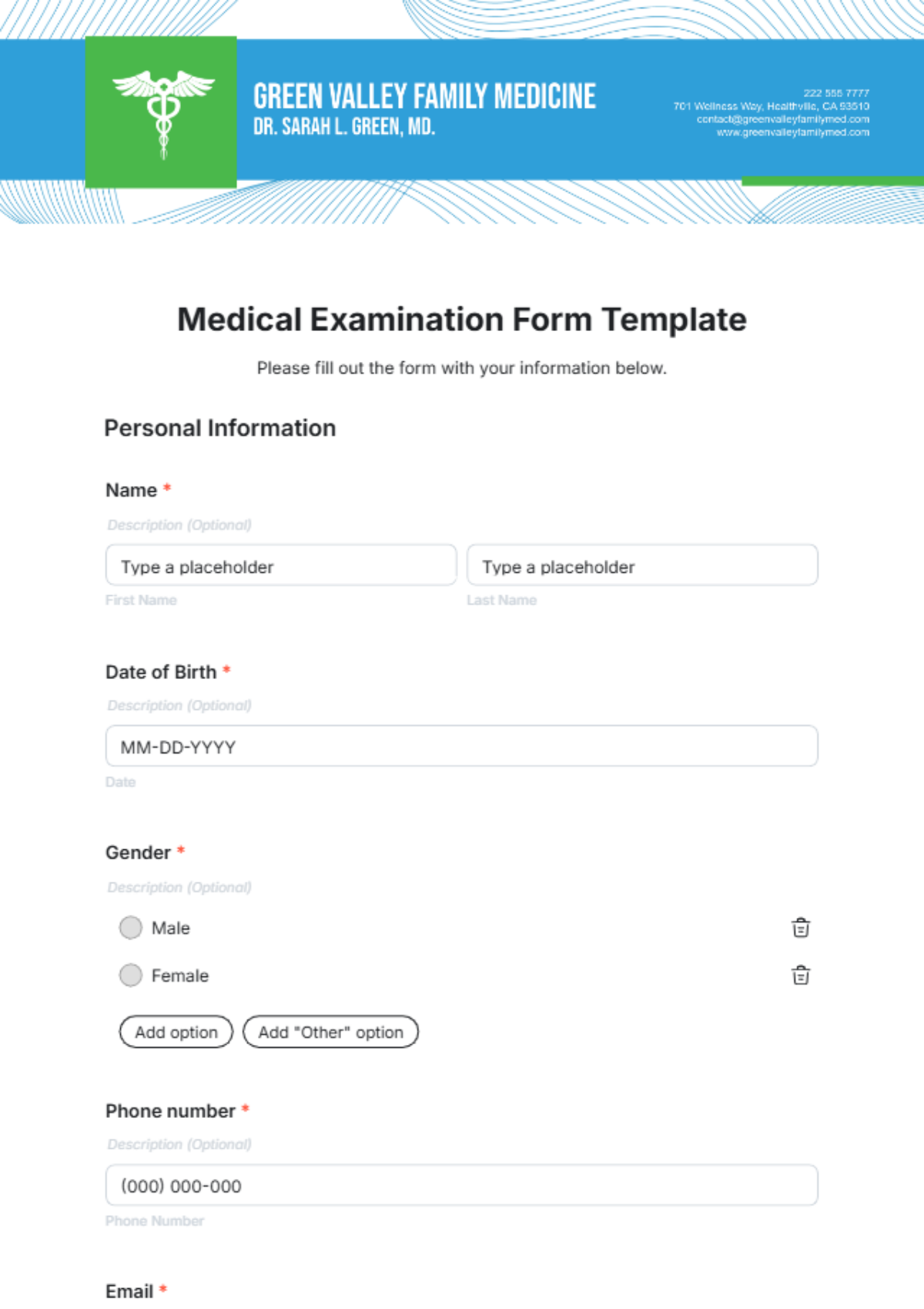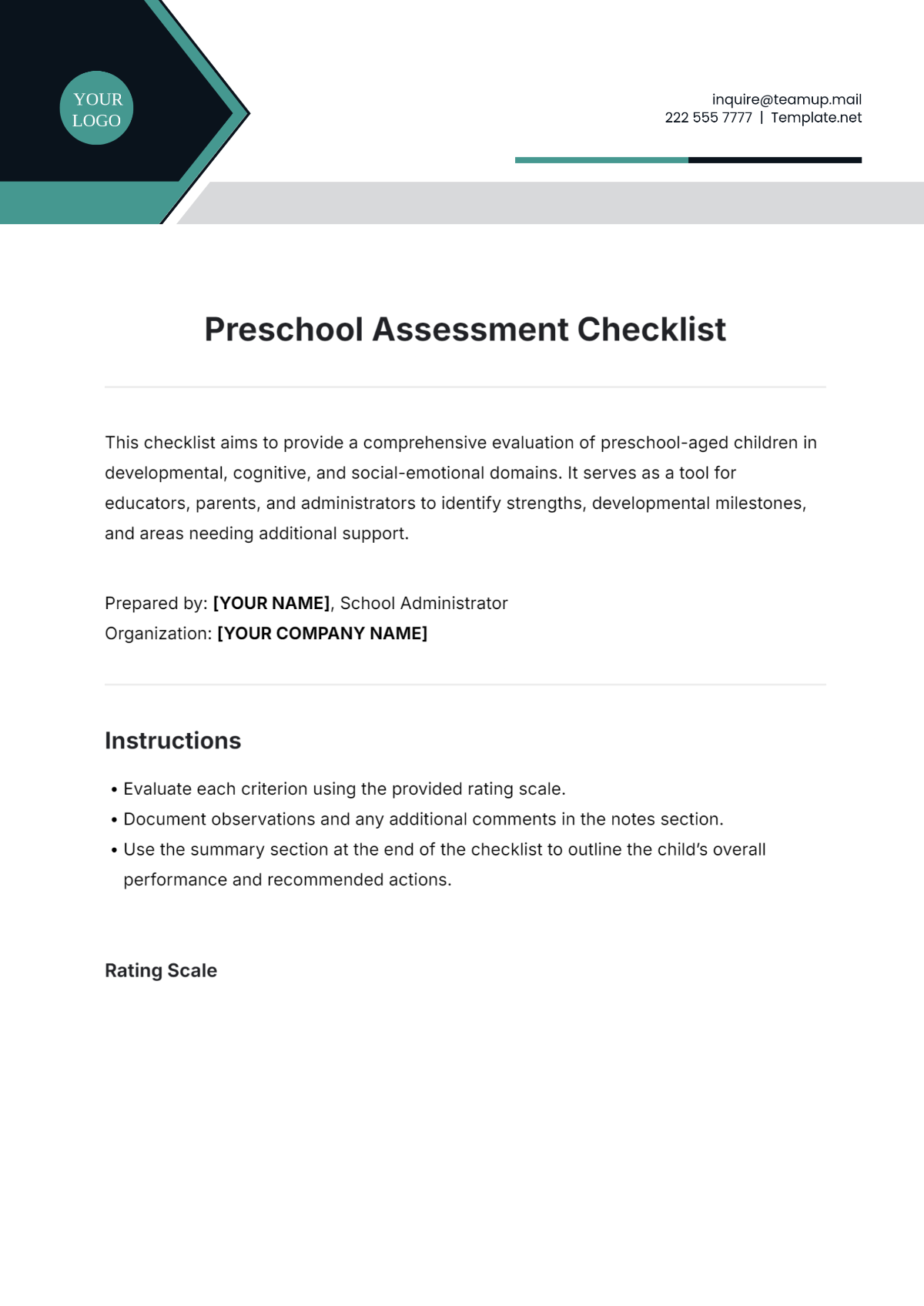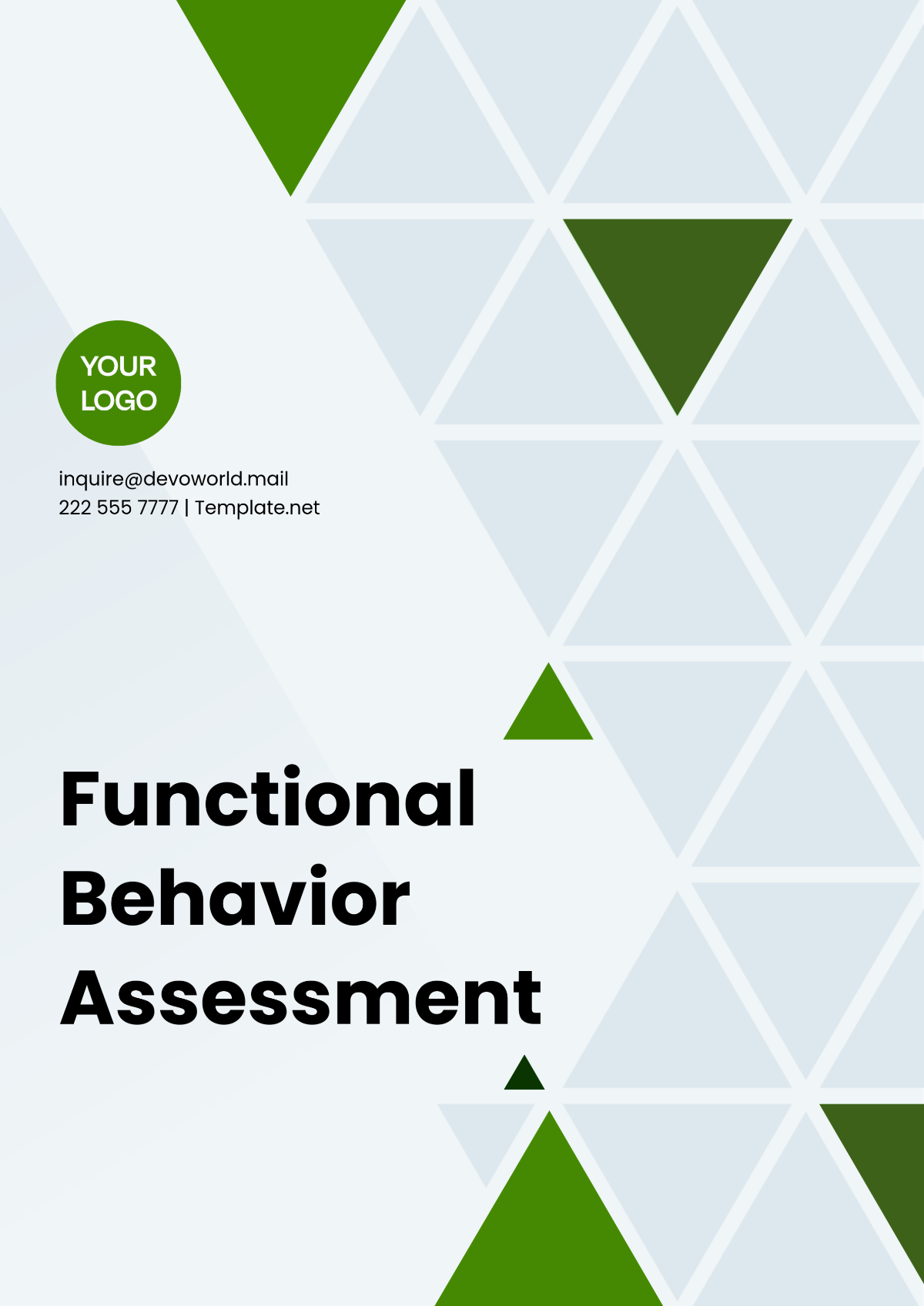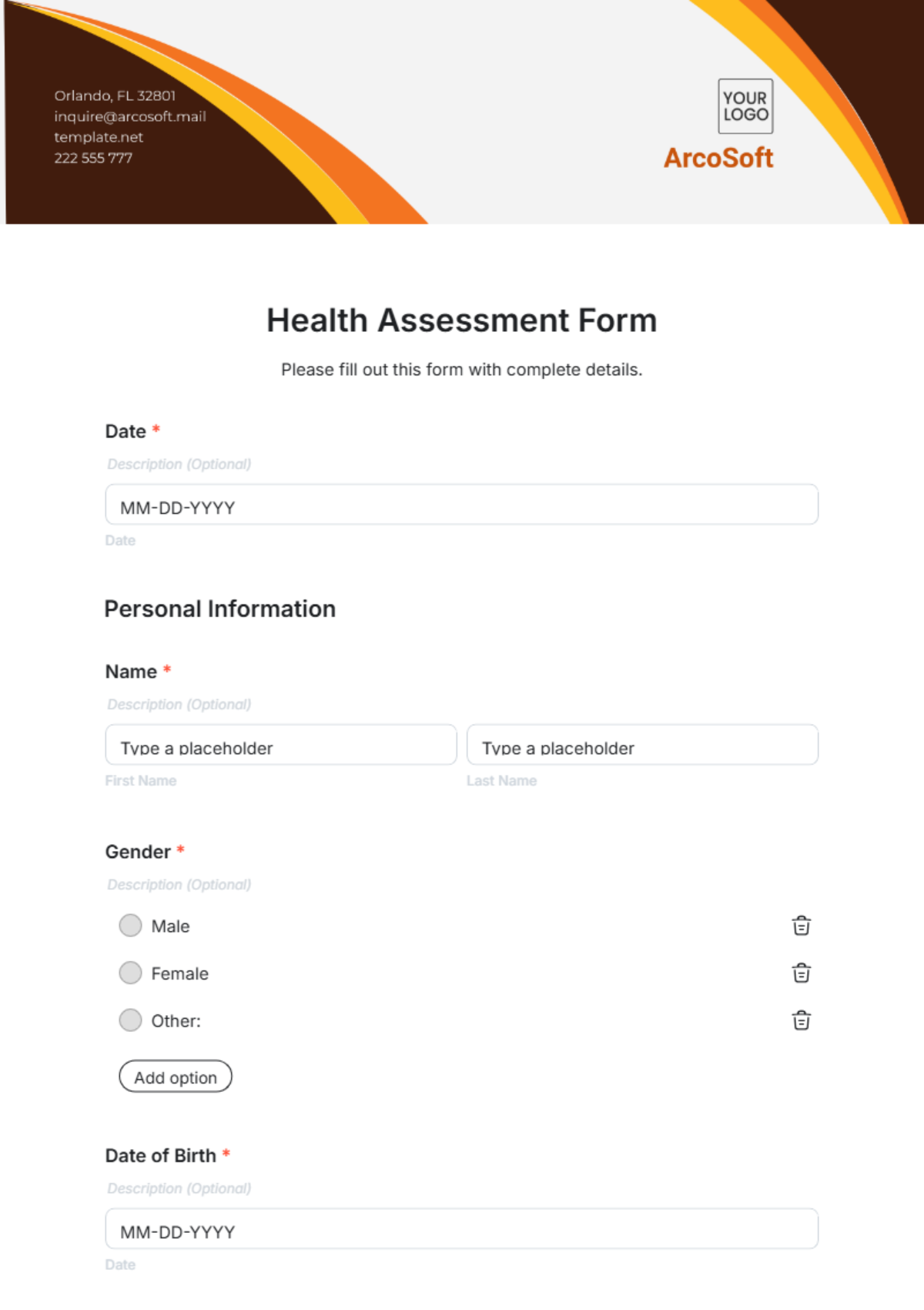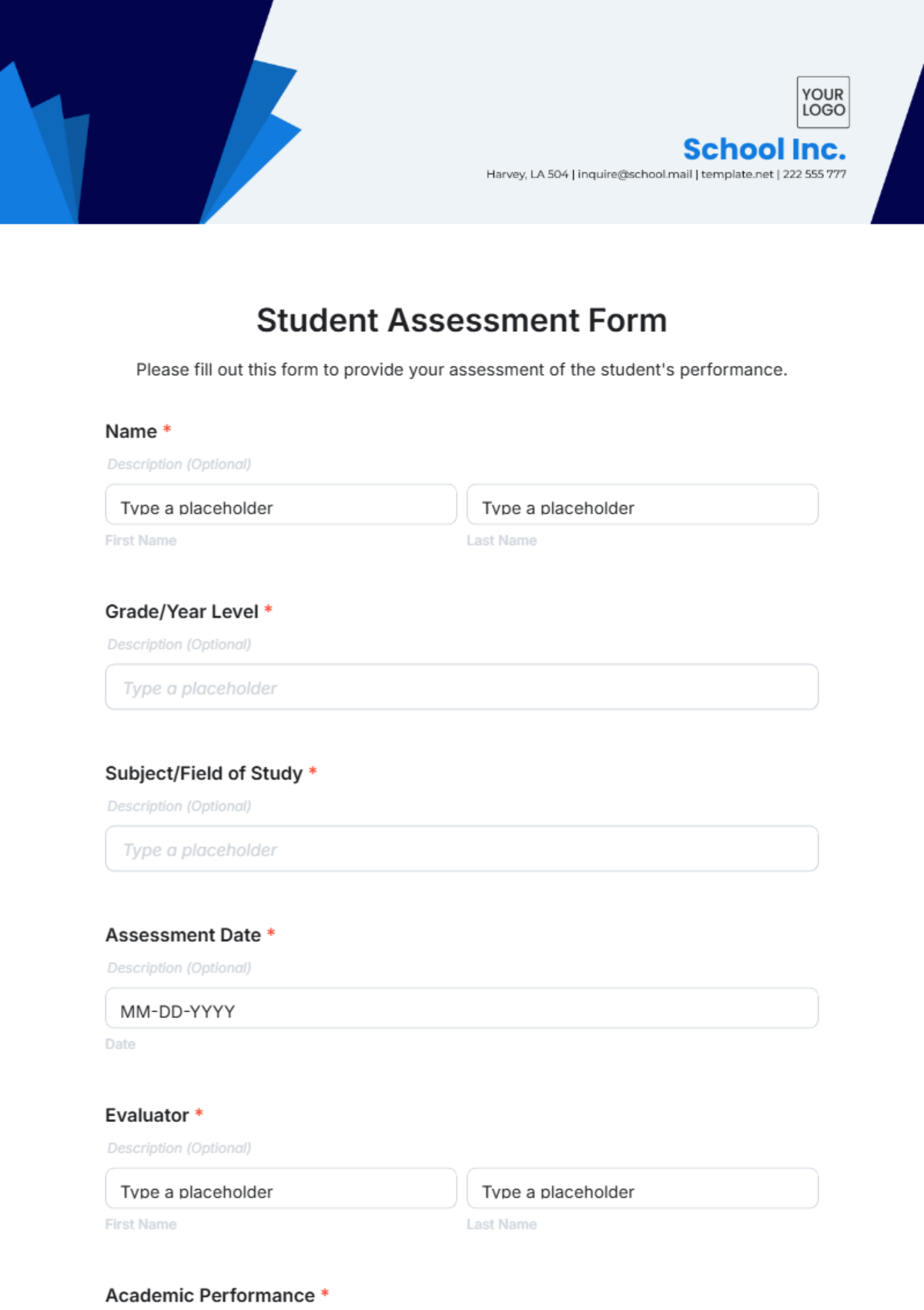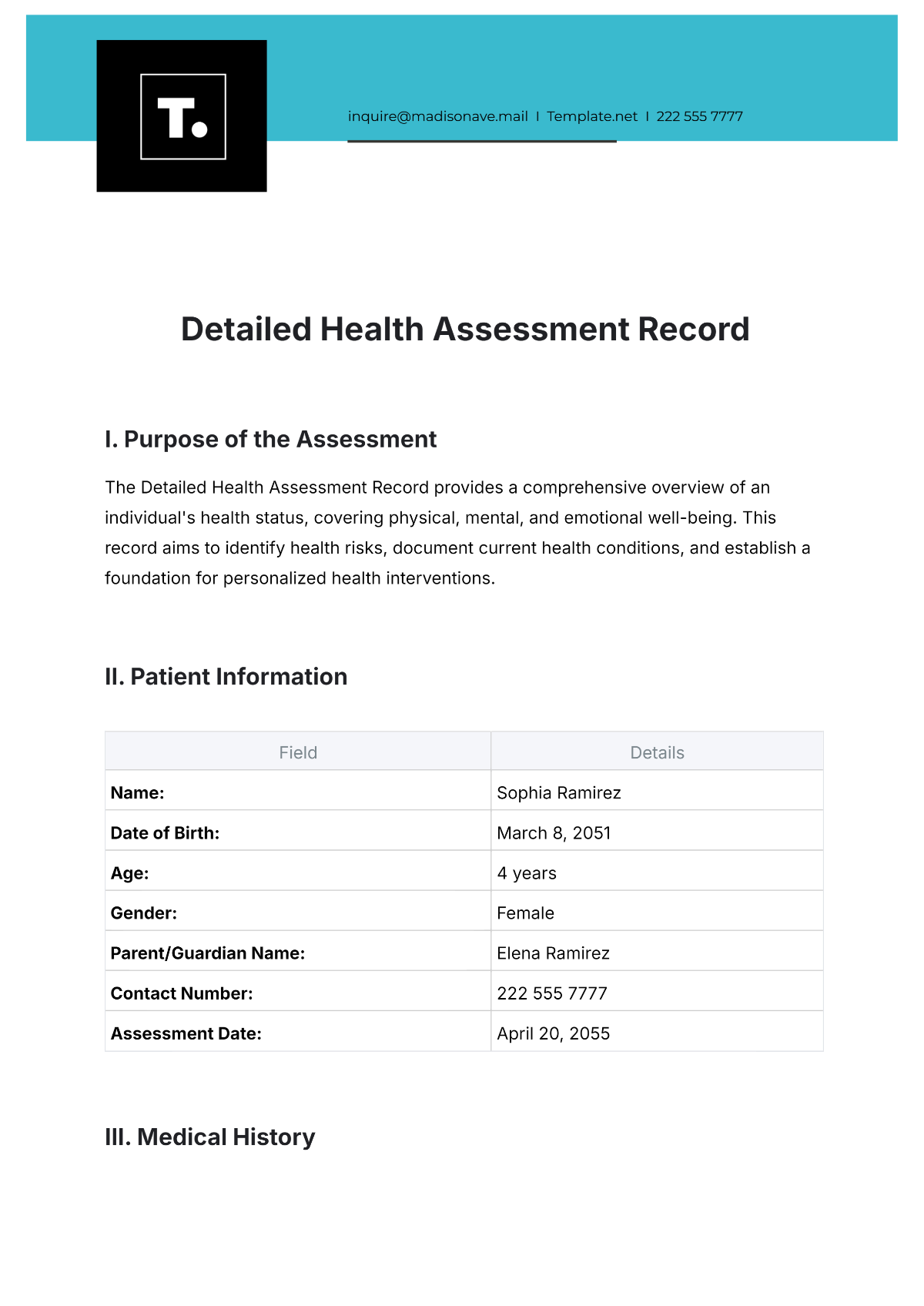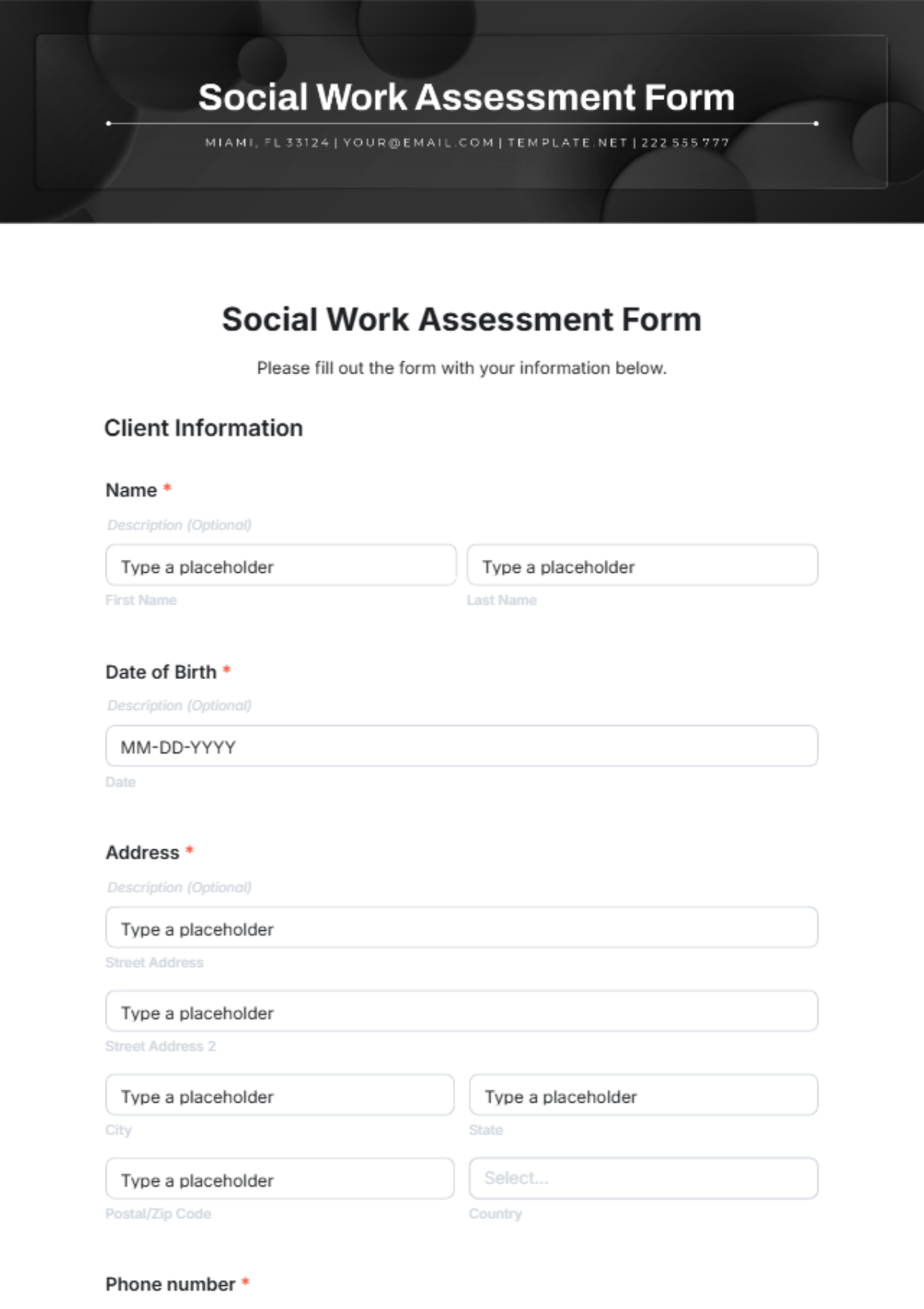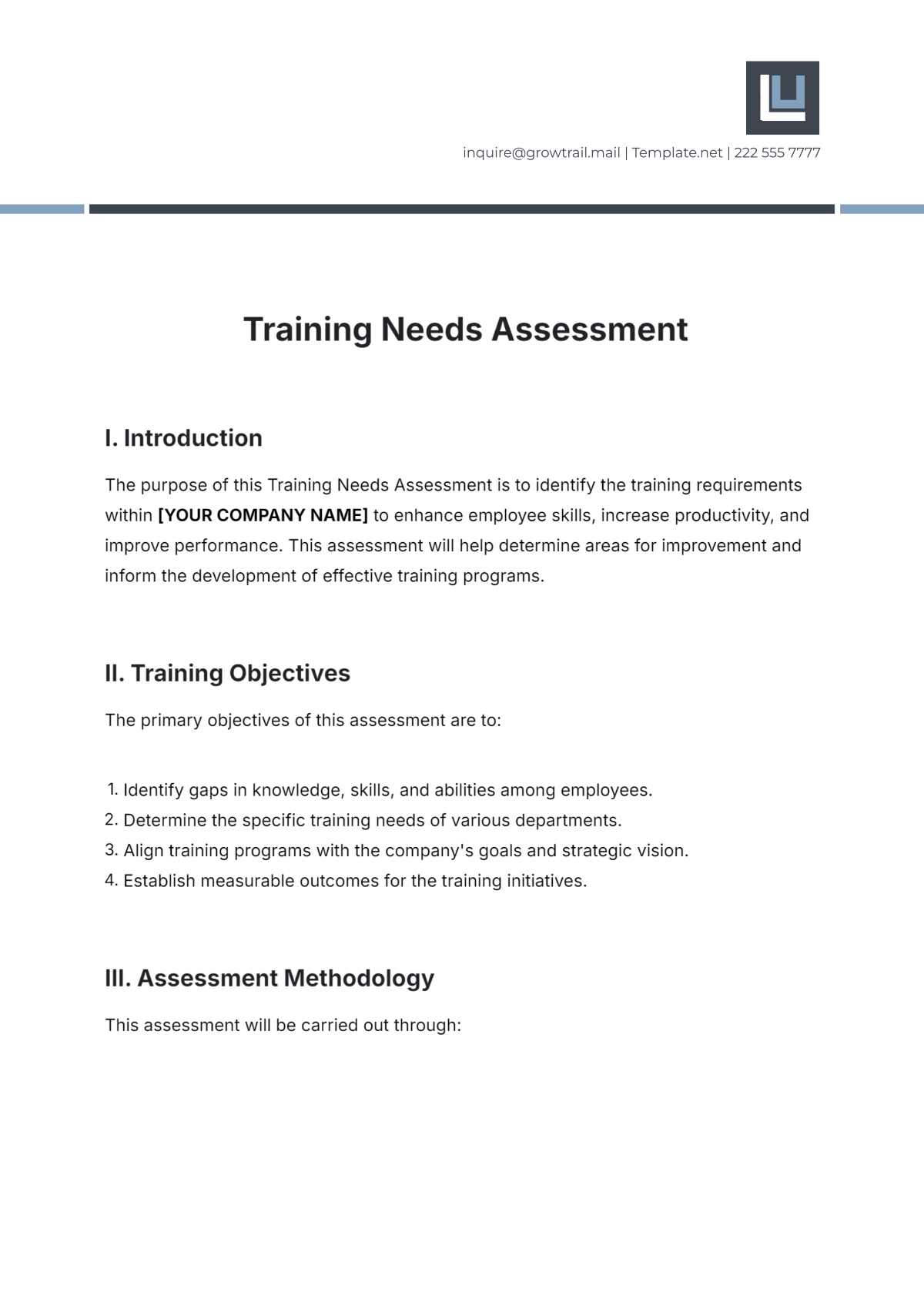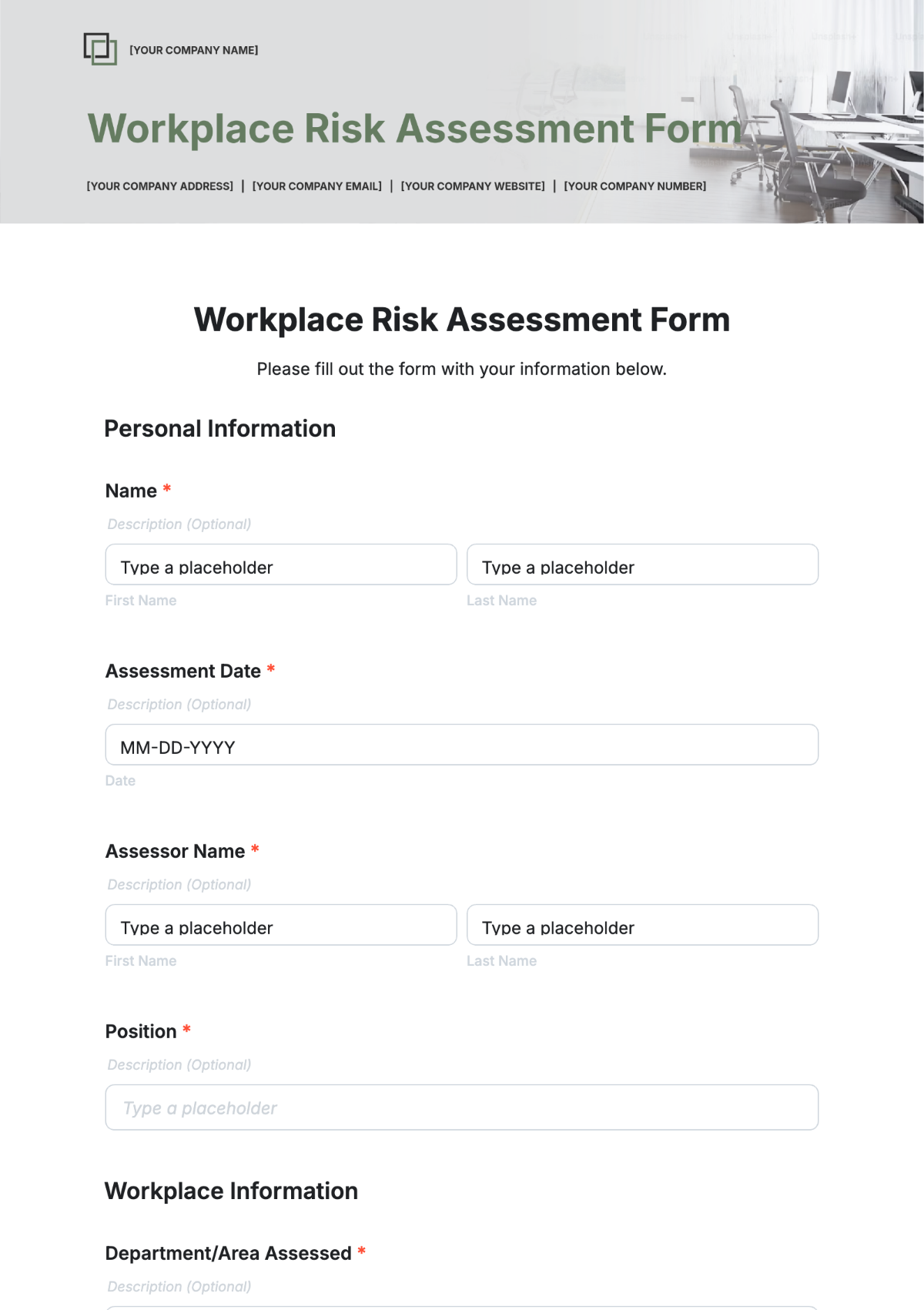Non-Participant Observational Study
Principal Investigator: [Your Name]
Affiliation: [Your Company Name]
Date: [Date]
1. Introduction
Non-participant observational studies provide valuable insights by allowing researchers to observe subjects in their natural environments without direct interaction. This approach is particularly useful for understanding public behaviors in spaces like urban parks, where the goal is to gather authentic data on how people use and interact within these communal areas. This study aims to document various behaviors, events, and interactions occurring in urban parks to inform urban planning and public space management.
2. Purpose
The purpose of this non-participant observational study is to:
Understand Usage Patterns: Determine how different demographic groups use urban parks.
Identify Behavior Trends: Observe behaviors such as social interactions, recreational activities, and park maintenance.
Inform Urban Planning: Provide data to help city planners and park managers improve park design and functionality.
3. Methodology
3.1 Study Design
The study was conducted in three major urban parks over four weeks. Observations were made during different times of the day to capture a range of activities and interactions. The observer remained unobtrusive and did not interact with park-goers to avoid influencing their behavior.
3.2 Data Collection
Observation Hours: 8:00 AM - 8:00 PM
Days Observed: Monday through Sunday
Tools Used: Notebooks, digital cameras (for note-taking purposes only)
3.3 Data Recording
Observations were categorized into the following areas:
Park Usage: Types of activities and frequency
Social Interactions: Group dynamics and individual interactions
Park Maintenance: Condition of facilities and cleanliness
4. Observation Findings
4.1 Park Usage Patterns
Table 1: Frequency of Activities Observed
Activity | Frequency (per hour) |
|---|---|
Walking | 15 |
Jogging | 10 |
Picnicking | 5 |
Playing sports | 7 |
Reading | 3 |
Socializing | 12 |
Other (e.g., events) | 2 |
Observation Summary: Walking and jogging were the most common activities observed. Socializing was prevalent, especially in the early evening hours.
4.2 Social Interactions
List 1: Types of Social Interactions
Family Gatherings: Families picnicking or playing games together.
Groups of Friends: Socializing and engaging in recreational activities.
Solo Visitors: Individuals engaging in solitary activities like reading or exercising.
Casual Conversations: Interactions among individuals who met in the park.
Observation Summary: Social interactions were frequent, with family gatherings and groups of friends being the most common. Casual conversations often occurred spontaneously.
4.3 Park Maintenance
Table 2: Park Maintenance Observations
Issue | Frequency |
|---|---|
Littering | Moderate |
Broken Equipment | Low |
Overgrown Vegetation | High |
Cleanliness of Restrooms | High |
Observation Summary: Overgrown vegetation was the most frequently observed issue, affecting the park’s aesthetics and usability. The cleanliness of restrooms was generally well-maintained.
5. Analysis
5.1 Behavior Trends
The study identified several key behavior trends:
High Use of Park Facilities: Parks are actively used for various recreational activities, suggesting a high level of community engagement.
Social Interaction Dominance: Social interactions are a significant aspect of park usage, with many visitors using the park as a social space.
Maintenance Needs: Regular maintenance is crucial to maintaining park attractiveness and usability.
5.2 Implications for Urban Planning
Facility Improvements: Parks should have well-maintained facilities to support high usage rates and prevent wear and tear.
Design Considerations: Incorporate areas for social interaction and recreational activities in park designs to enhance user satisfaction.
Maintenance Protocols: Establish clear protocols for addressing maintenance issues like overgrown vegetation and littering.
6. Conclusion
This non-participant observational study provides a comprehensive view of public behavior in urban parks, highlighting usage patterns, social interactions, and maintenance needs. By observing these elements in their natural state, the study offers valuable insights that can guide urban planners and park managers in creating more effective and enjoyable public spaces.
